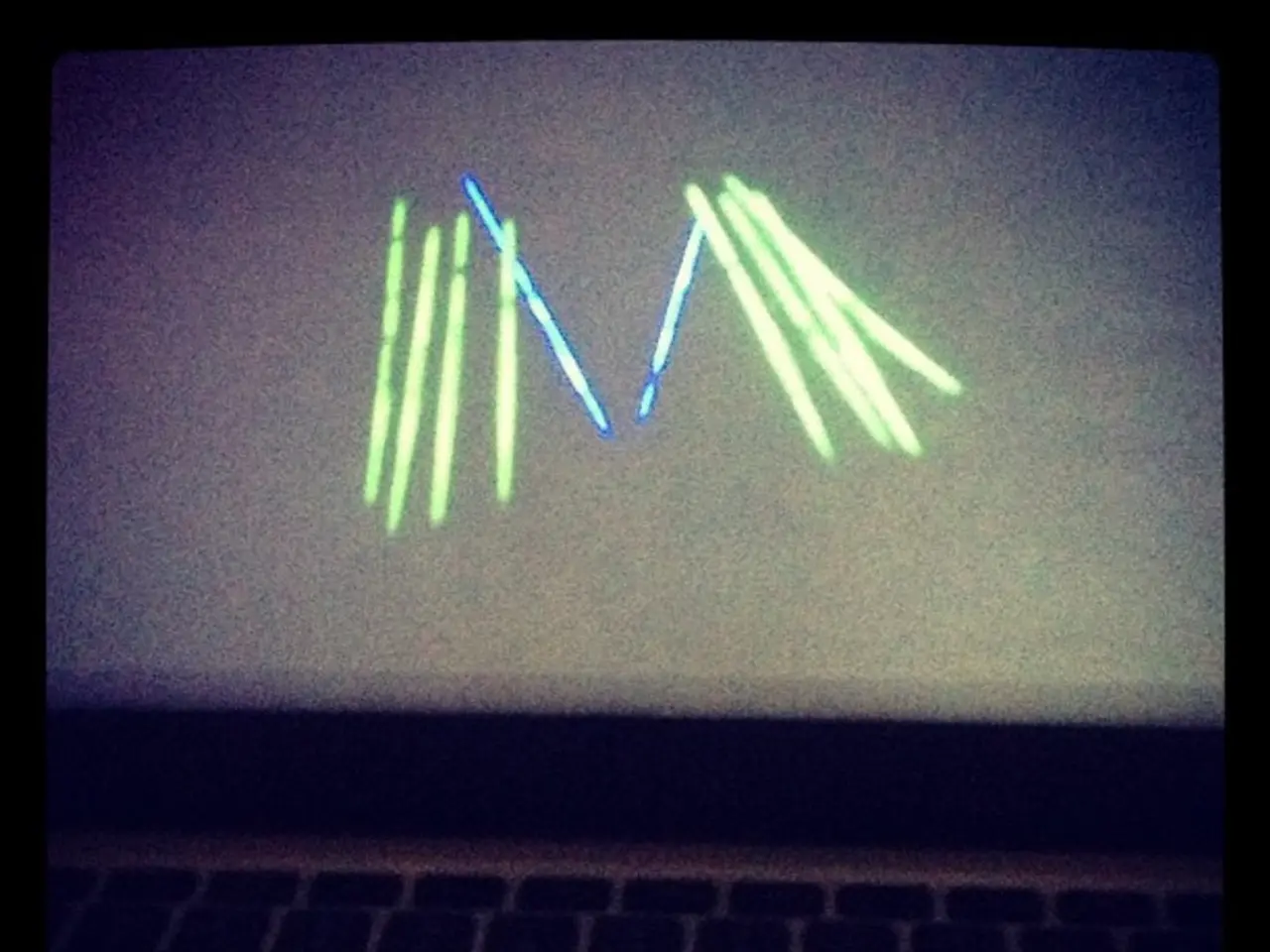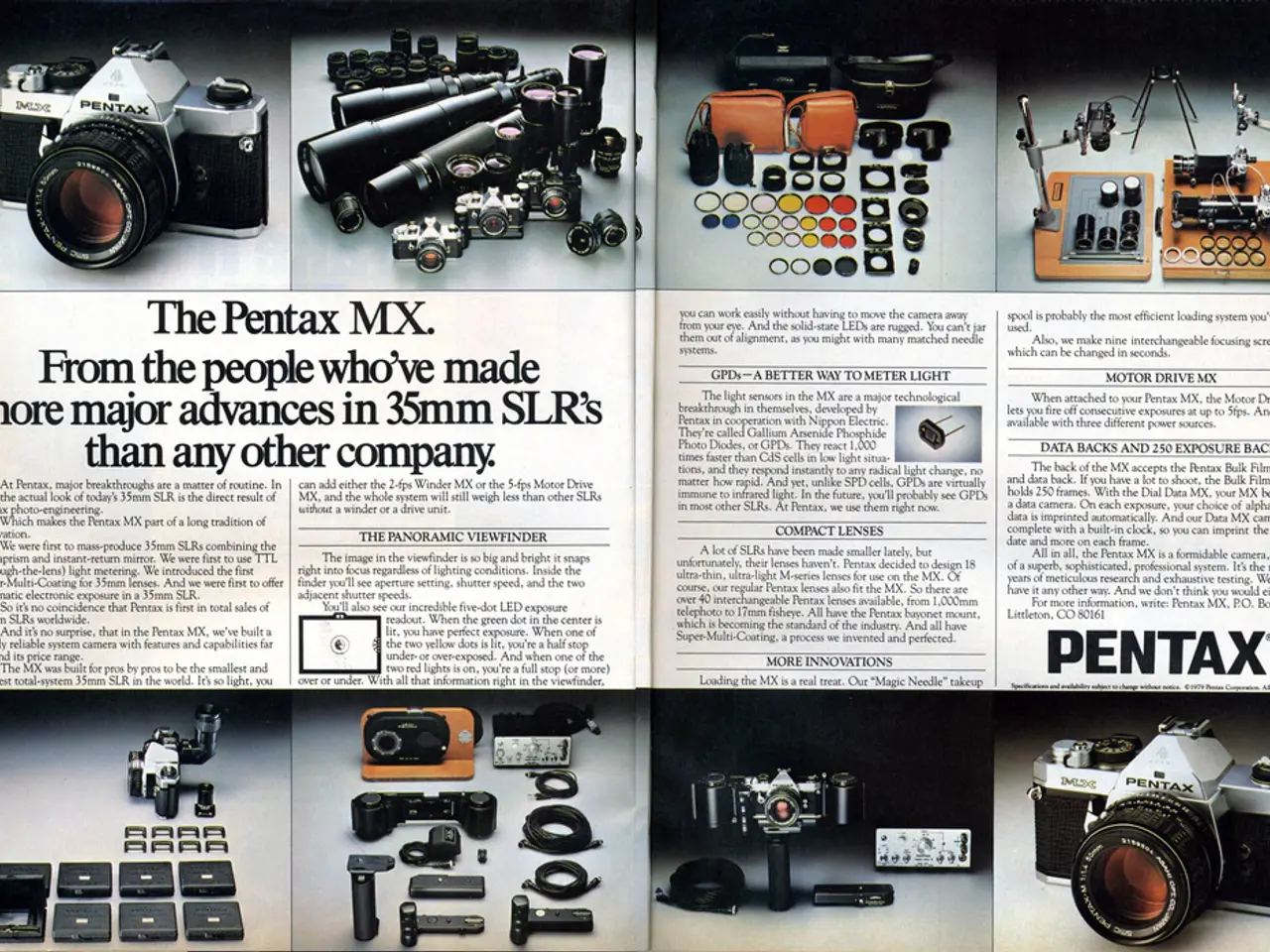In the context of the Nintendo Switch 2, the next iterations of the Xbox and PlayStation may continue to capture our interest.
The gaming world is abuzz with rumours about the upcoming next-generation consoles from Microsoft and Sony. Codenamed "Magnus" for the new Xbox and "Project Orion" for the PlayStation 6, these devices are expected to deliver a significant leap in performance, narrowing the gap between consoles and high-end PC gaming.
Xbox Magnus (Next-gen Xbox)
The new Xbox console, codenamed Magnus, is reportedly equipped with AMD's latest Zen 6 CPU microarchitecture and RDNA 5 graphics capabilities. With a possible two-chiplet design, the CPU could feature 10 to 11 cores, offering multi-threading similar to or higher than the Xbox Series X's 8 cores.
On the graphics front, the new Xbox GPU could boast 68 compute units, a large 192-bit GDDR7 memory bus, and a Radeon-class GPU roughly comparable to an Nvidia RTX 5080. The console is expected to pack around 32GB to 36GB of GDDR7, doubling the current Xbox Series X memory capacity, and deliver up to twice the power of the PlayStation 5 Pro.
The Magnus is rumoured to feature ray tracing for more realistic lighting in games, FidelityFX Super Resolution (FSR) upscaling, and backwards compatibility. Microsoft has yet to confirm these details, but if true, the new Xbox console could have a serious leg up in performance.
PlayStation 6
Sony has been quiet about the PlayStation 6, but reports suggest that they are working on a handheld console alongside the device. The lead architect, Mark Cerny, has announced plans to bring FSR 4 to the PlayStation 5 Pro, hinting at the console's focus on performance and graphical fidelity.
The PlayStation 6 is expected to use 8 or more cores based on AMD's Zen 6, and its GPU could feature 28–32 compute units, offering roughly 20% or more GPU performance boost over the PlayStation 5 Pro. The console is expected to support 4K at 120fps and up to 8K at 60fps, enabled by new PlayStation Spectral Super Resolution (PSSR) technology.
Like the Xbox Magnus, the PlayStation 6 is expected to include ray tracing and AI acceleration for more realistic graphics and physics. Sony has yet to provide a hint of a next-gen PlayStation device, but if the PlayStation 5 Pro's initial sales are any indication, the competition between the two tech giants is set to heat up.
Comparison with PC-level Graphics
The Xbox Magnus GPU, comparable to a Radeon-class mid-to-high-end desktop GPU (roughly equivalent to Nvidia RTX 5080), suggests it will be very close to current PC gaming mid-range GPUs, narrowing the gap between consoles and PCs. The PlayStation 6 GPU with RDNA 5 will also bridge the divide but may trail slightly behind cutting-edge desktop GPUs depending on compute units and clock speeds.
Both consoles emphasize high refresh rates at 4K resolution, which matches or exceeds many high-end PC gaming setups targeted at 4K120fps, though enthusiast PCs with top-tier GPUs like RTX 5090 or higher still outperform.
Comparison with Handheld Devices
The Steam Deck, focused on portable gaming, uses a less powerful APU designed for 720p to 1080p gaming at modest frame rates and cannot match the raw GPU power of the next-gen consoles. The Switch 2 (rumoured successor to Nintendo Switch) is expected to offer modest upgrades but will remain far behind in raw power and graphical fidelity compared to Xbox Magnus and PS6, targeting 1080p to 4K output with scalability rather than absolute high-end performance.
Therefore, the next-gen Xbox and PlayStation will significantly outperform handheld or hybrid devices like Steam Deck and Switch 2, focusing on native 4K120fps or even 8K60fps console gaming.
Summary Table
| Feature | Xbox Magnus | PlayStation 6 | Steam Deck | Switch 2 (Rumored) | Current Gen Consoles (PS5, Xbox Series X) | |-----------------------|-------------------------------|--------------------------------|--------------------------|------------------------------|---------------------------------------------| | CPU | AMD Zen 6 (10-11 cores, 3nm) | AMD Zen 6 (8+ cores, 2-3nm) | AMD custom APU (lower power) | Custom ARM-based CPU | AMD Zen 2 (8-core) | | GPU Architecture | AMD RDNA 5 (~68 CUs) | AMD RDNA 5 / UDNA (~28-32 CUs) | Lower power RDNA 2 variant | Custom Nvidia GPU | AMD RDNA 2 (~52 CUs, PS5) | | VRAM | 32-36GB GDDR7 | Unknown, likely high-speed GDDR6/7 | 16GB LPDDR5 | 8-12 GB LPDDR5 | 10-16GB GDDR6 | | Resolution & FPS | 4K 120fps, ray tracing | 4K 120fps, 8K 60fps, PSSR | 720p-1080p gaming | 1080p-4K, lower frame rates | 4K 60fps (PS5/Xbox Series X) | | Price (Rumored) | $500-$600 | ~$600 | ~$400 | Unknown | $500-$500+ |
In conclusion, the next-gen Xbox and PlayStation consoles promise major leaps in CPU/GPU power, memory, and innovative upscaling techniques, bringing them close to or partly matching high-end PC gaming capabilities in native 4K120fps and beyond, while greatly surpassing current handheld devices like Steam Deck and anticipated Switch 2 performance. The latest rumours suggest 2026 could be a big year for both Microsoft and Sony, with new consoles featuring PC-level graphics capabilities and handheld gaming platforms.
The new Xbox console, codenamed Magnus, is anticipated to deliver PC-level graphics, boasting a Radeon-class GPU comparable to an Nvidia RTX 5080 and packing around 32GB to 36GB of GDDR7 memory.
Sony's upcoming console, the PlayStation 6, is expected to feature 8 or more cores based on AMD's Zen 6 and offer a GPU performance boost over the PlayStation 5 Pro, with 28–32 compute units.
In contrast, the Steam Deck and Switch 2, handheld gaming devices, will remain far behind the next-gen Xbox and PlayStation 6, targeting lower resolutions and frame rates compared to native 4K120fps console gaming.




